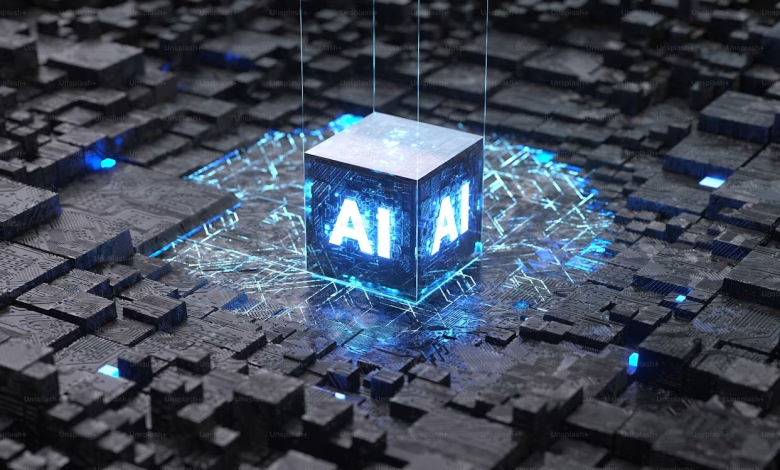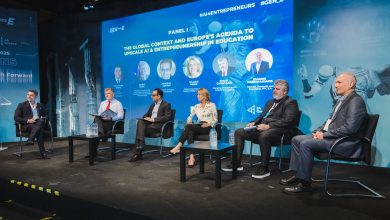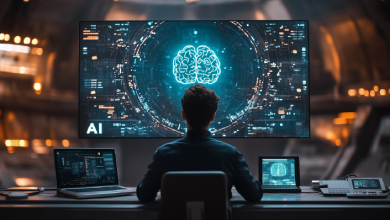
Artificial intelligence is already reshaping the hiring process, though we are still at a very early stage of adoption. Recruiters and talent acquisition teams increasingly use AI tools to help sort through large pools of applicants. This is not only valuable for efficiency, but also for surfacing candidates who might otherwise be overlooked — those whose skills and experiences align with a role, even if their résumé doesn’t use the exact keywords. When designed well, AI can improve matching by highlighting qualified applicants faster and more accurately.
At the same time, this technology is not without challenges. Just as many businesses are discovering in their broader adoption of AI, outcomes are highly dependent on the quality of prompts, the clarity of objectives, and the way the tools are implemented. Hiring managers and recruiters alike are learning that AI can be a useful assistant, but only when guided carefully.
Where Misalignment Shows Up
One of the risks we’ve observed is misalignment between AI’s recommendations and the actual needs of hiring managers. This can happen when prompts are written too narrowly or when objectives don’t capture the nuances of a role. For example, an AI system might emphasize certain technical credentials while underweighting qualities like adaptability or teamwork that a manager views as critical.
We’ve also seen this in cases where recruiting sites embed AI layers into their platforms. These tools often provide prompts and guidance to candidates and recruiters, which can be helpful in creating structure and consistency. But they can also lead to mismatches, surfacing candidates who look good “on paper” according to the algorithm, while missing subtleties that matter in practice. The lesson is not that AI is ineffective, but that it must be calibrated and overseen with human judgment to ensure alignment.
How AI Is Shaping the Candidate Experience
AI is increasingly being used beyond sourcing to support candidate review and preparation as part of the vetting process. From résumé screening to interview scheduling, automation is accelerating steps that once required significant manual effort. For candidates, this means interactions may feel faster and more standardized. But it also means applicants need to think carefully about how their skills and experiences are presented to align with what these systems are designed to detect.
As this technology becomes more embedded, candidates will also find that AI literacy itself is being valued as a core competency. Organizations are starting to view familiarity with AI tools as a differentiator, especially for entry-level hires who are expected to bring fresh perspectives and adaptability. In many workplaces, the ability to use AI productively will be considered as fundamental as spreadsheet skills were in the past.
Beyond AI Literacy: Looking Around the Corner
While mastering AI is important, candidates cannot stop there. It is equally critical to develop an understanding of where the technology is headed and how it will reshape the world of work. Like many transformative technologies before it, AI will both eliminate certain tasks and create new opportunities. Roles that rely heavily on repetitive processes are most at risk of being disrupted. At the same time, new roles will emerge in areas like AI oversight, ethical review, data interpretation, and human-AI collaboration.
For students and early-career professionals, this means looking around the corner — asking not only how AI is used today, but also which skills will remain durable as the technology evolves. Critical thinking, communication, adaptability, and creativity are among the capabilities that will be harder to automate and more valuable in an AI-driven economy. Pairing these with technical familiarity creates a well-rounded skillset.
The Generational Challenge
It is important to acknowledge that the current job market is proving more difficult for new graduates than it was for many previous cohorts. Slower hiring in some industries, combined with the rapid integration of new technologies, can create additional hurdles for those entering the workforce. AI may raise expectations that candidates arrive not only with traditional qualifications but also with the ability to navigate and apply these tools effectively.
For employers, this presents both a challenge and an opportunity. Hiring organizations need to be clear about the skills that truly matter and avoid relying too heavily on automated screening. At the same time, they can help level the playing field by offering training, mentorship, and opportunities for new hires to build AI competency on the job.
AI as a Tool, Not a Replacement
Ultimately, AI should be viewed as a tool — powerful, but only as effective as the way it is used. In the right hands, AI creates a multiplier effect, helping individuals and organizations scale their impact. In the wrong hands, or when applied without clarity, it can produce mismatches and inefficiencies. This is why the emphasis must be on clear processes, thoughtful objectives, and the ability to interpret AI outputs with a critical eye.
For candidates, the takeaway is twofold. First, build comfort with AI tools and understand how they can help in both the job search and the workplace. Second, invest in the broader set of skills — critical thinking, adaptability, interpersonal effectiveness — that AI cannot replicate. For employers, the call to action is to integrate AI responsibly, ensuring it augments rather than replaces human judgment in hiring.
Looking Ahead
We are still in the early stages of learning how to optimize AI for hiring, and both the technology and its applications will continue to evolve rapidly. For now, the message is clear: AI is powerful, but not self-sufficient. Success requires alignment between human insight and machine capability.
In the years ahead, the organizations that thrive will be those that treat AI as an enabler of human talent, not a substitute for it. And the candidates who stand out will be those who can pair AI fluency with enduring human skills. For entry-level hires, this represents both a challenge and an opportunity — the chance to position themselves at the forefront of a changing world of work.




